Myanmar: A country that has been isolated for a long time
प्रकाशित: 12.12.2016
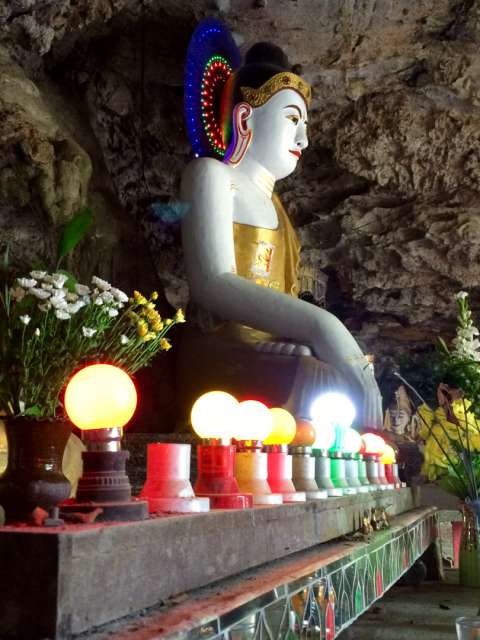
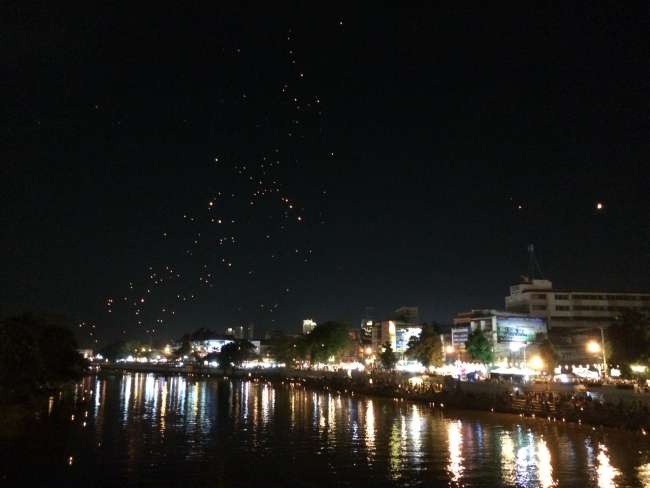
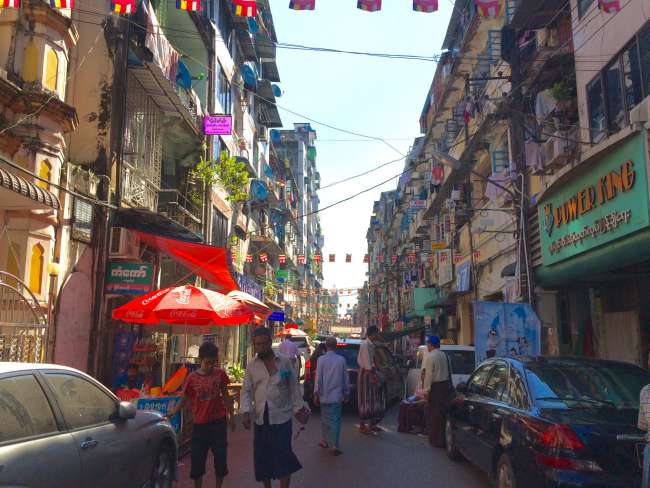
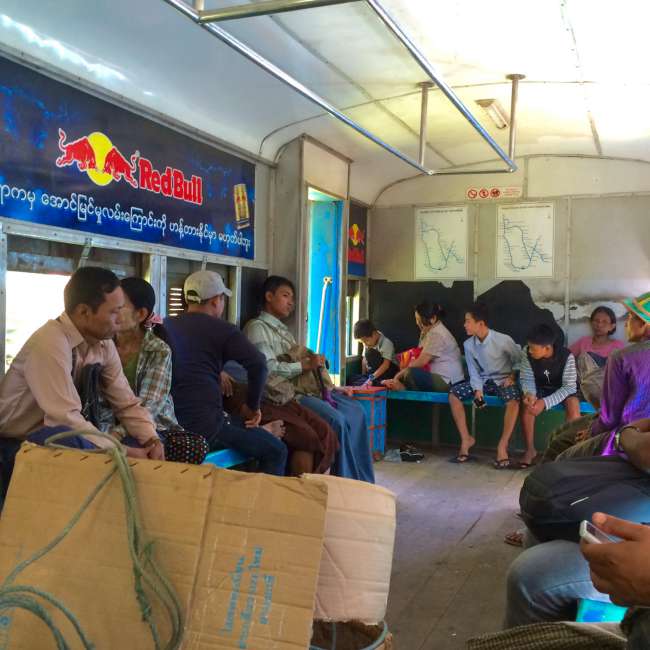
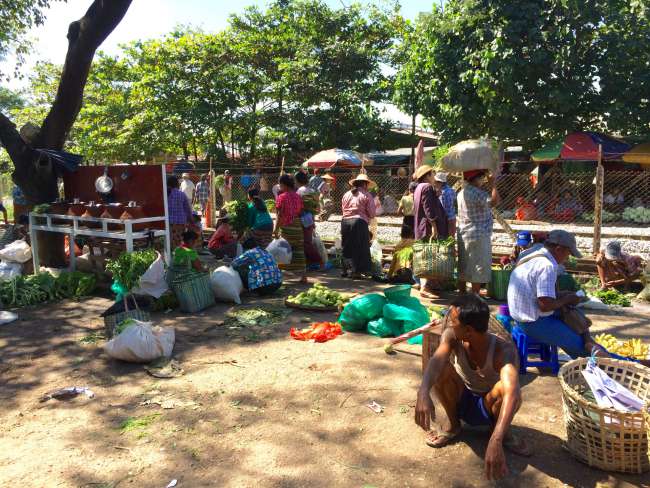
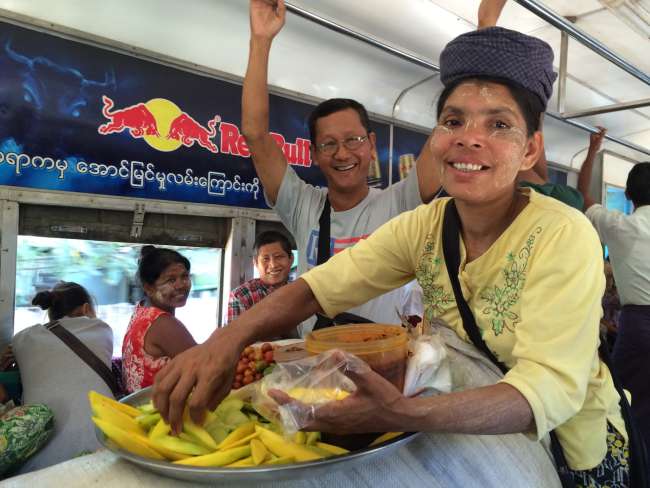
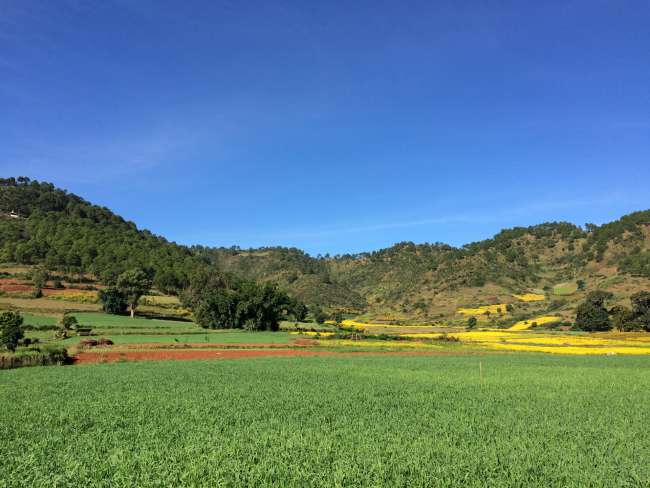
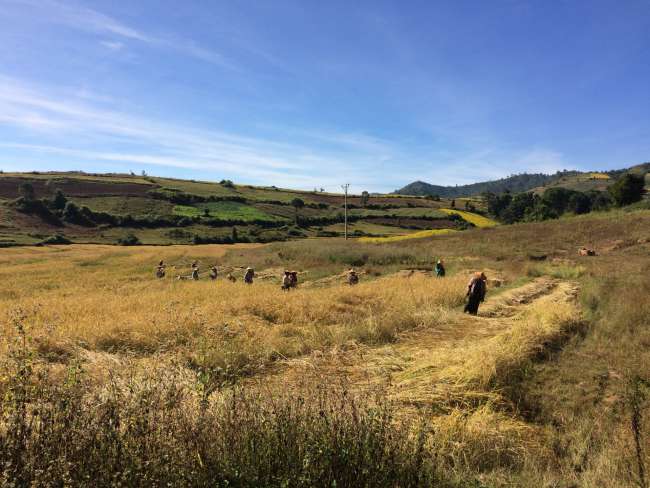
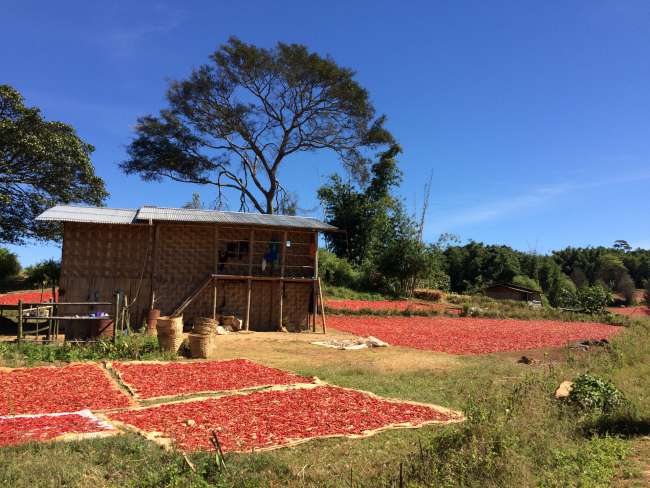
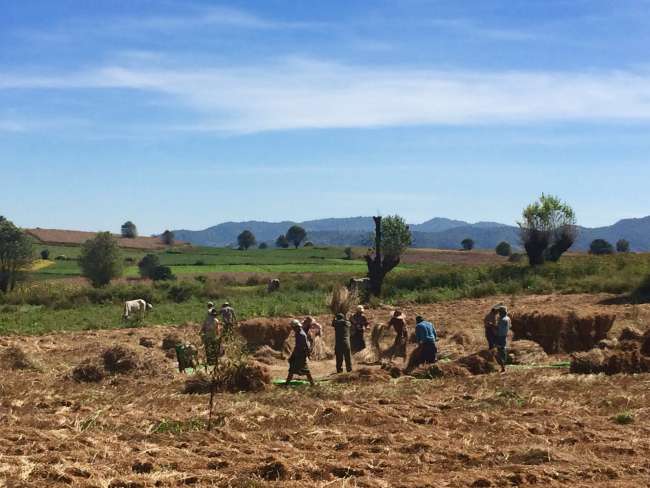
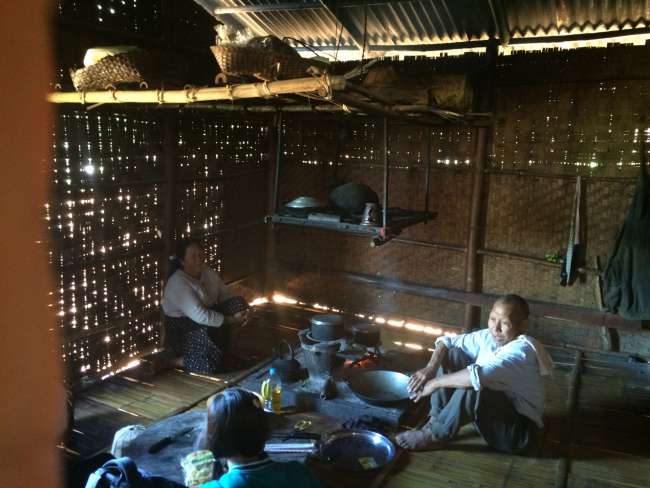
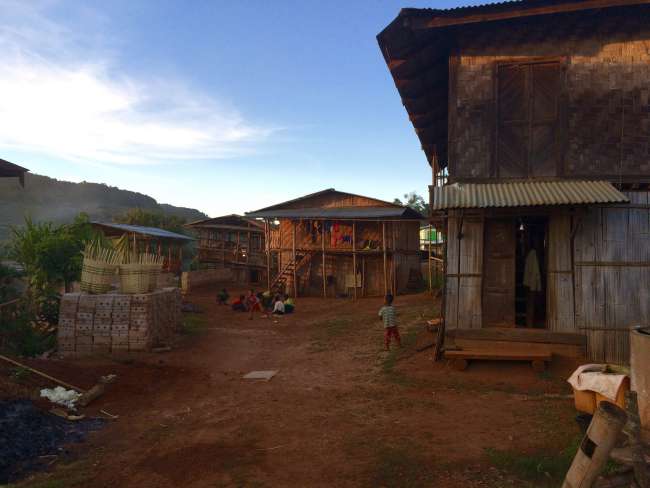
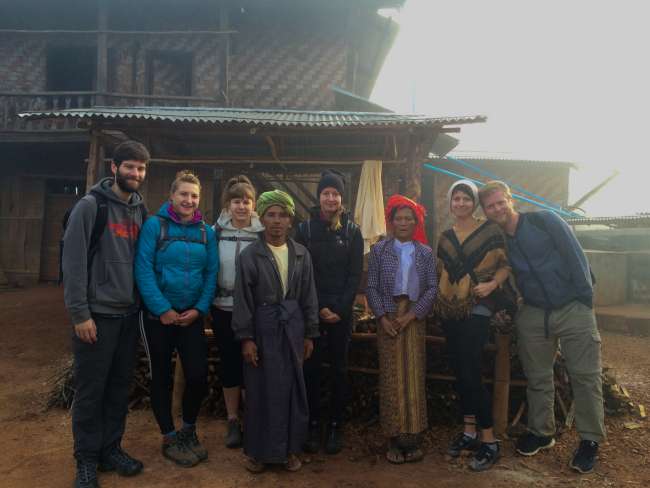
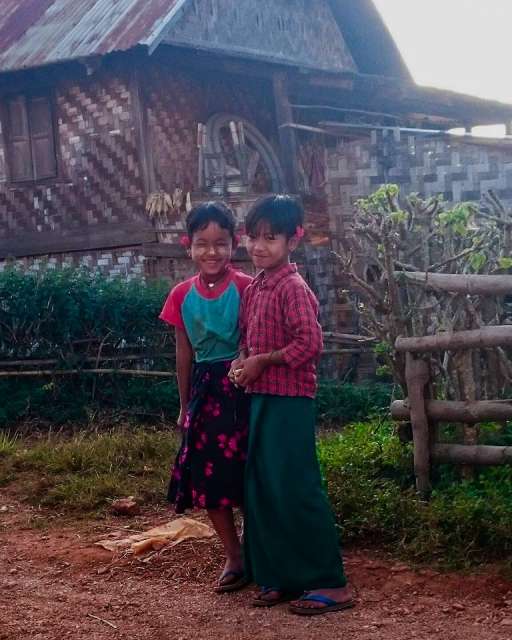
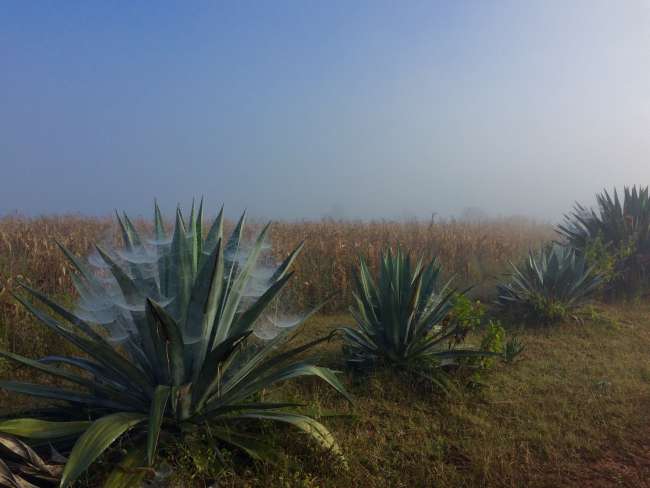
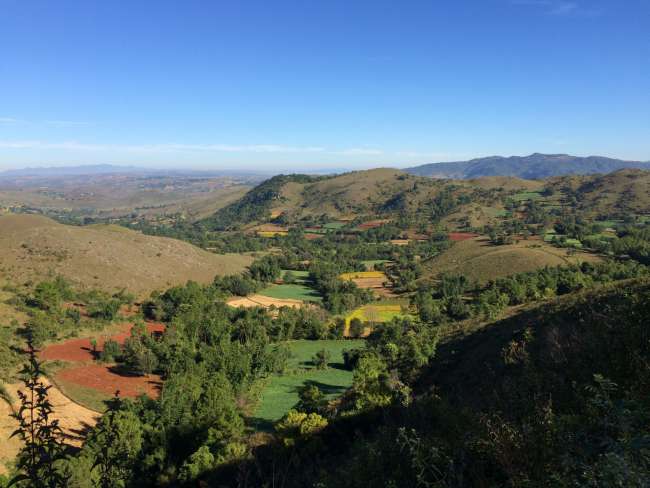
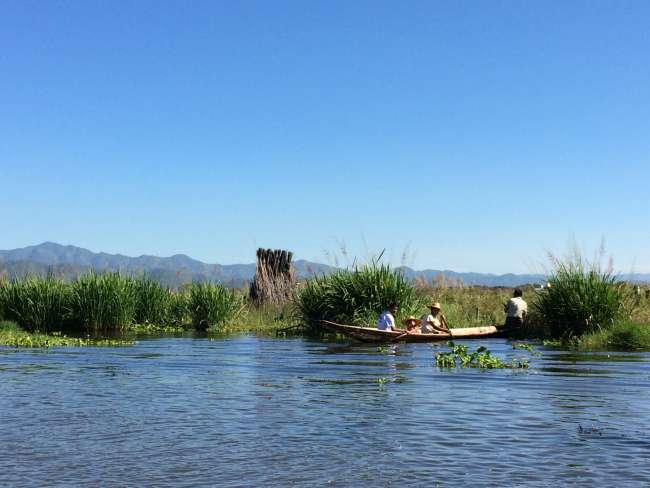
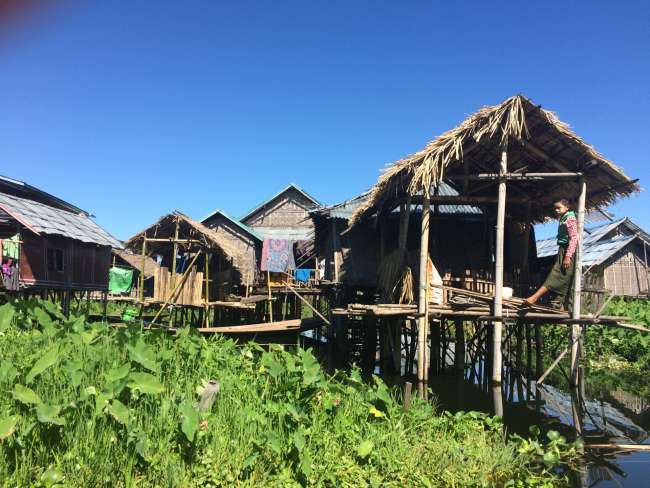
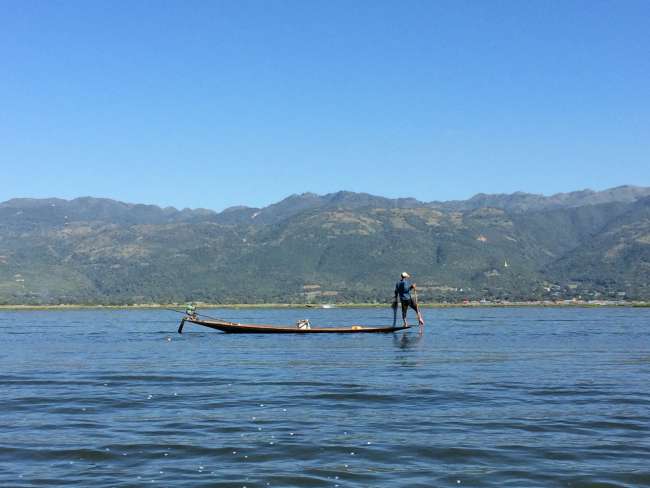
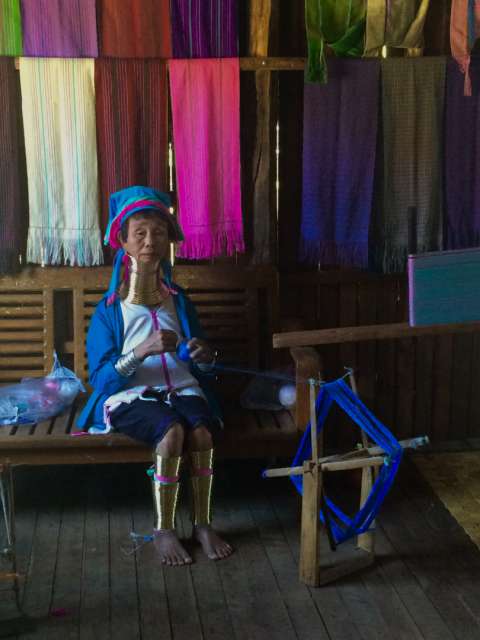
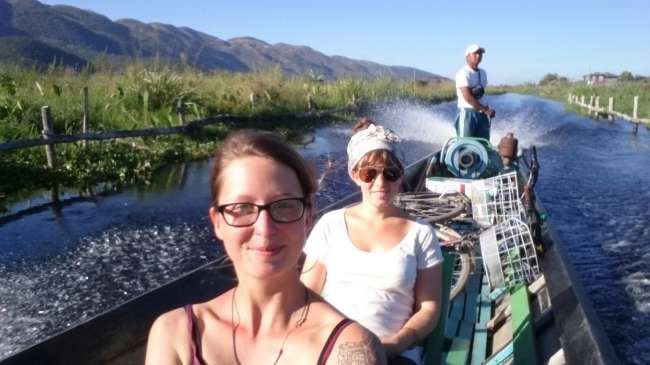
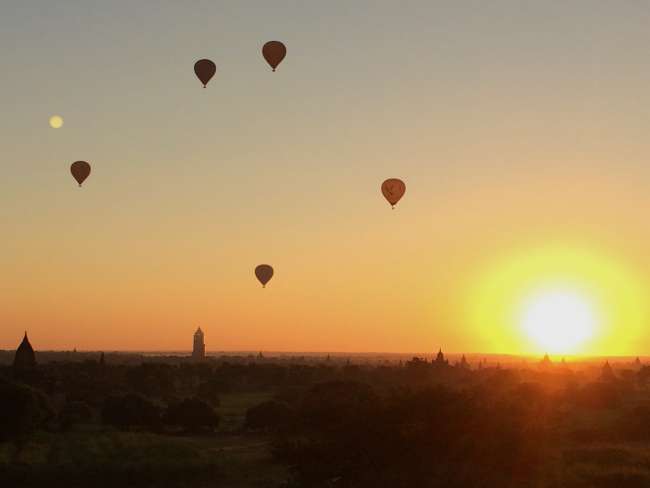
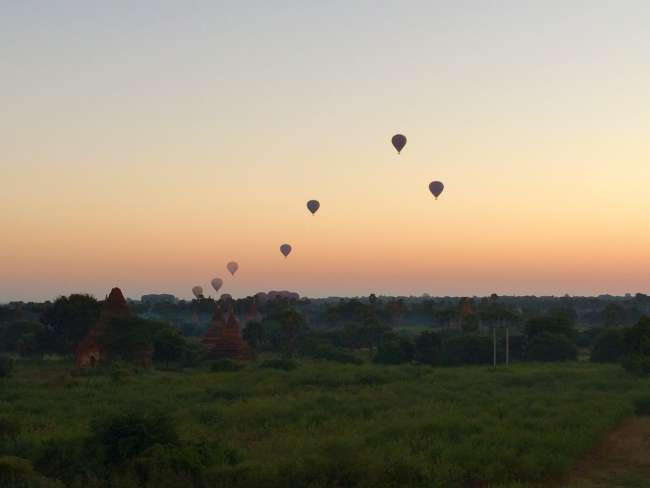
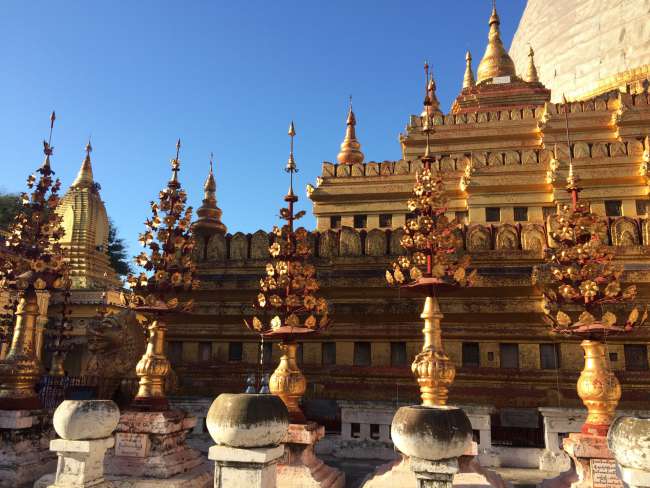
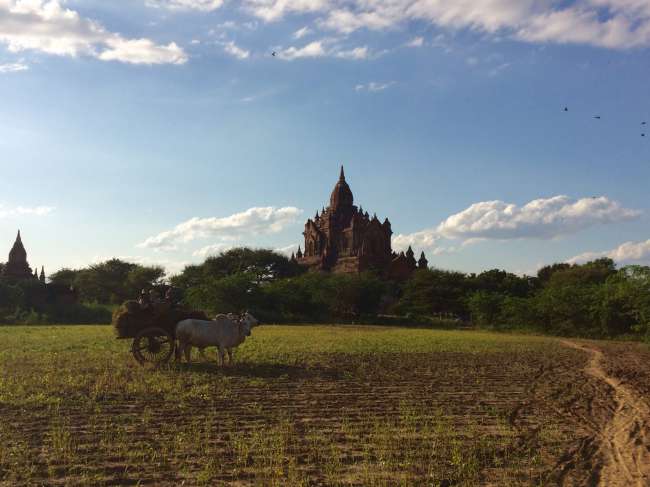
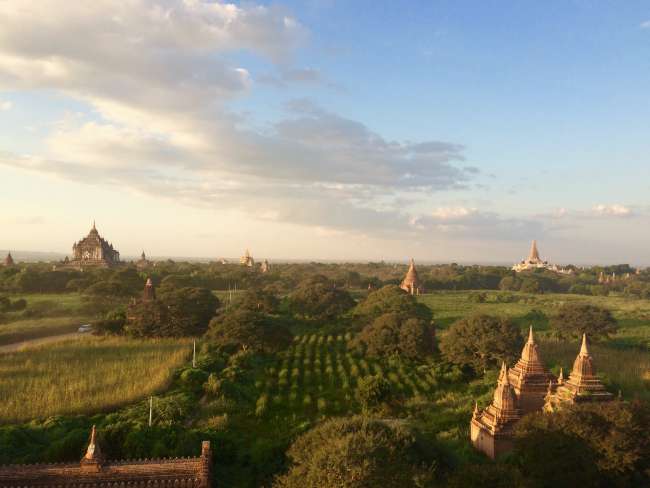
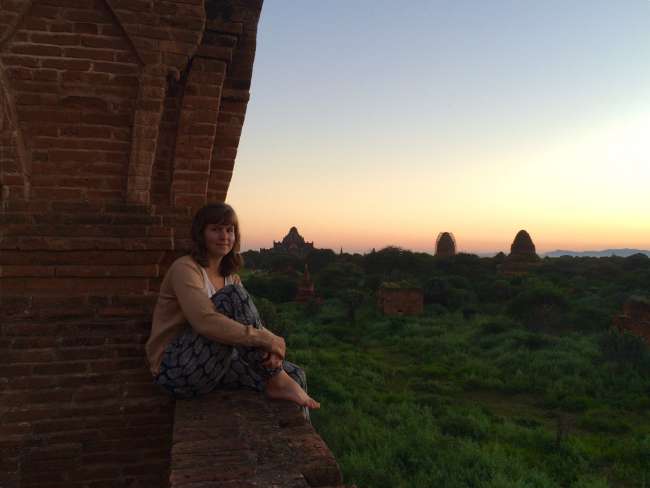
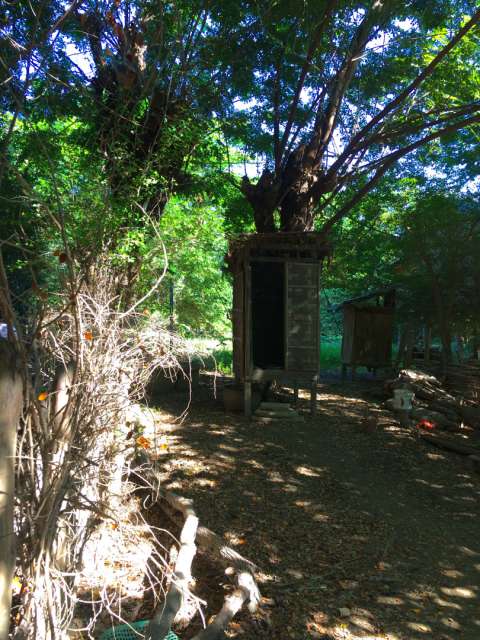
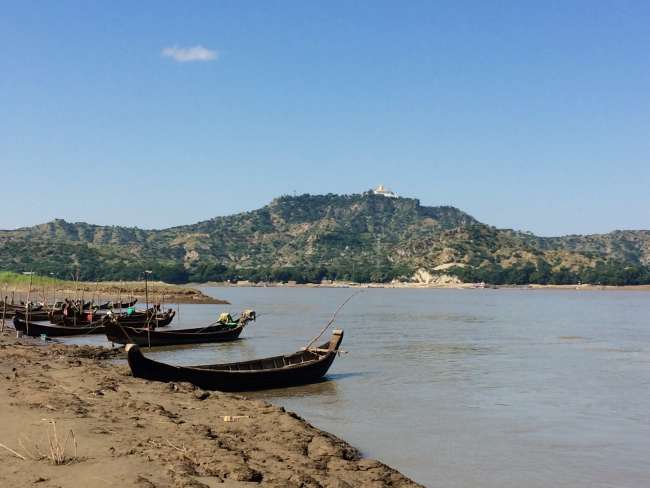
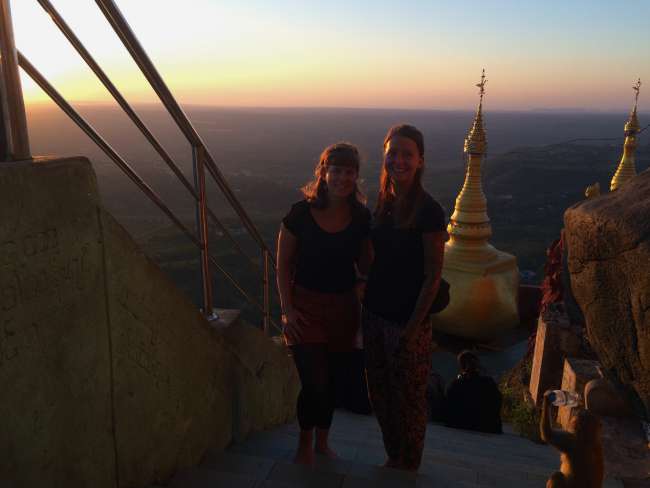
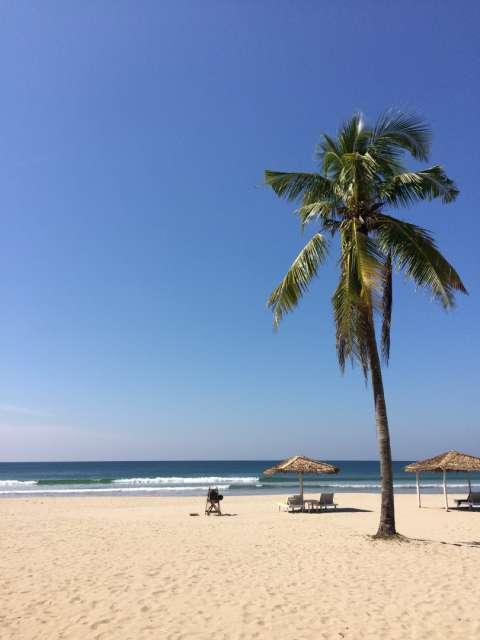
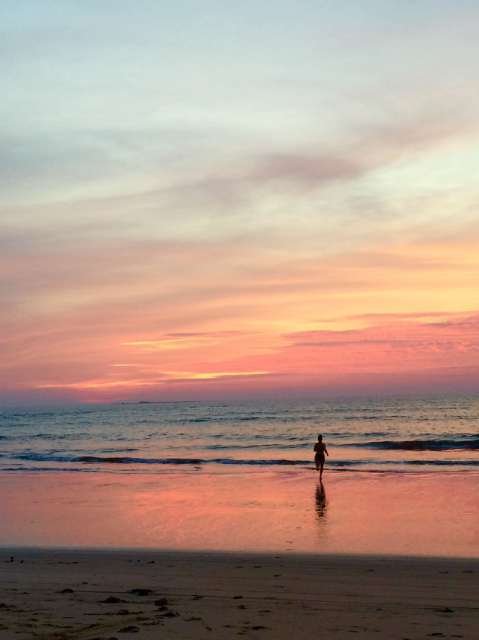
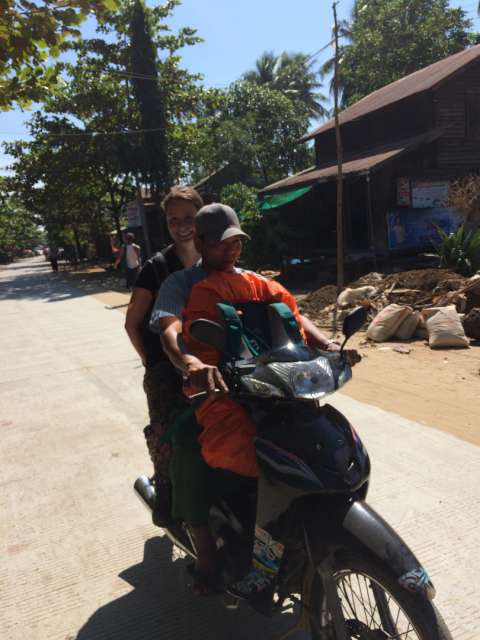
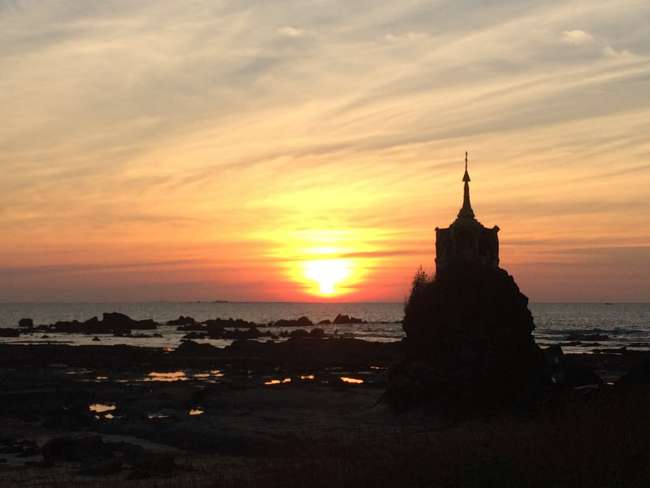
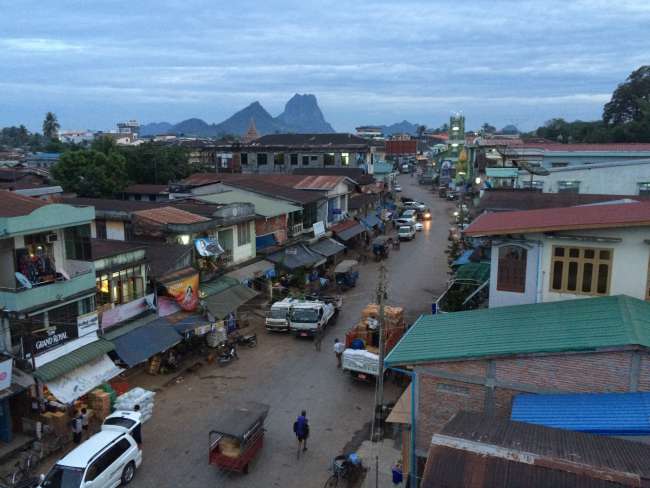
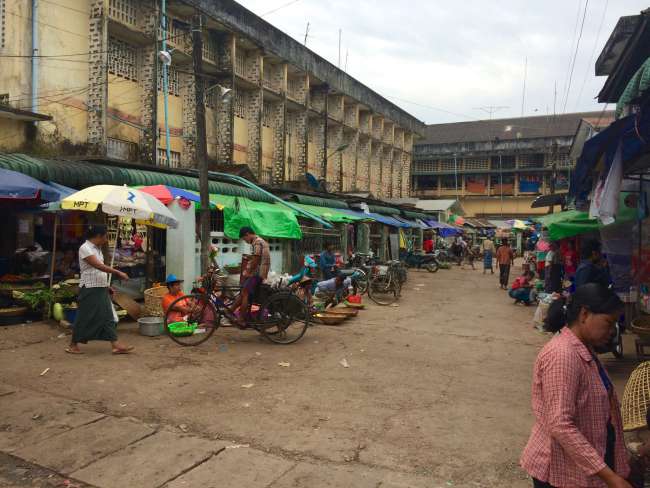

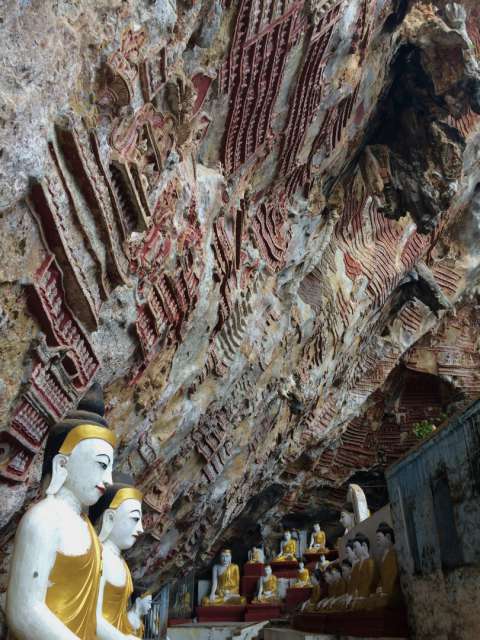
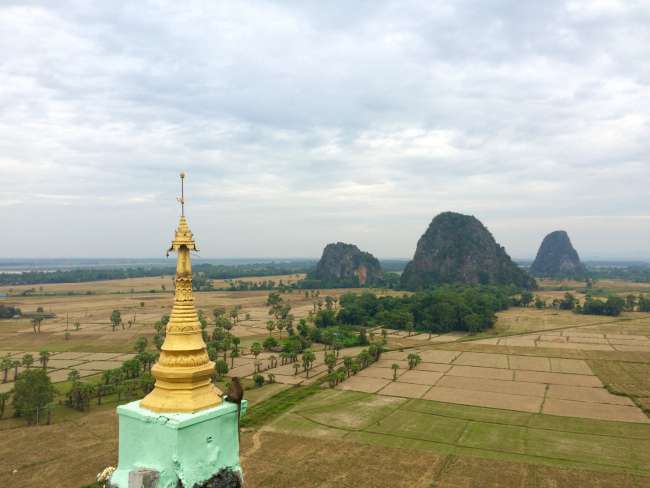
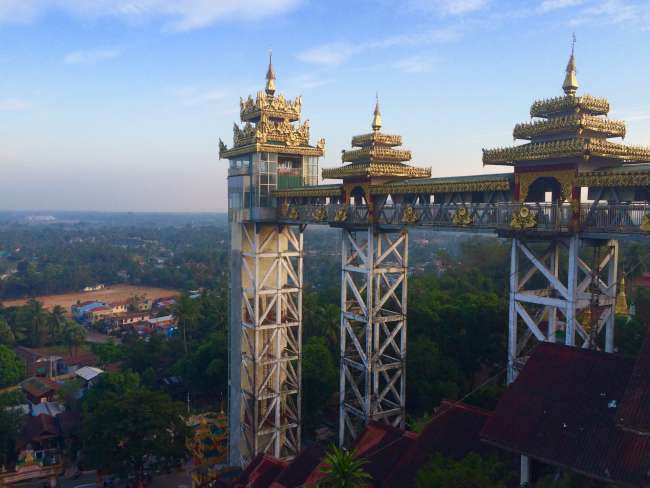
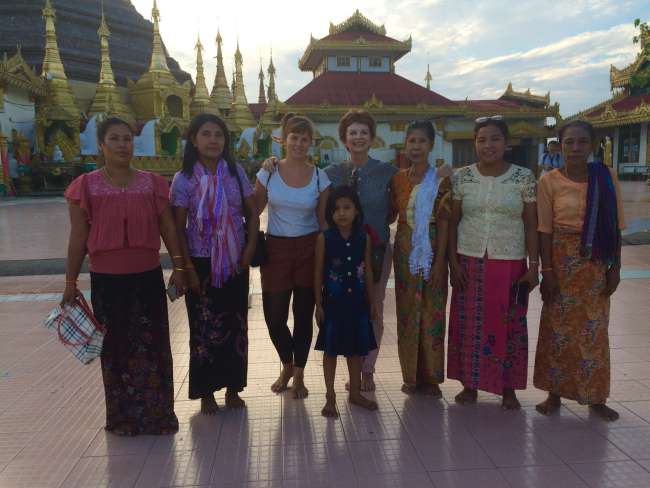
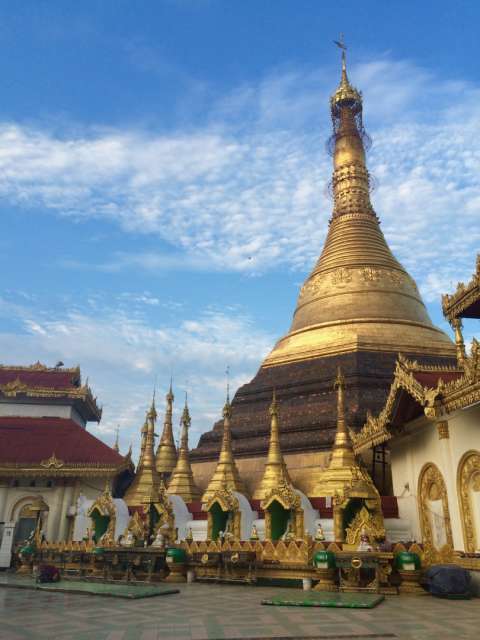
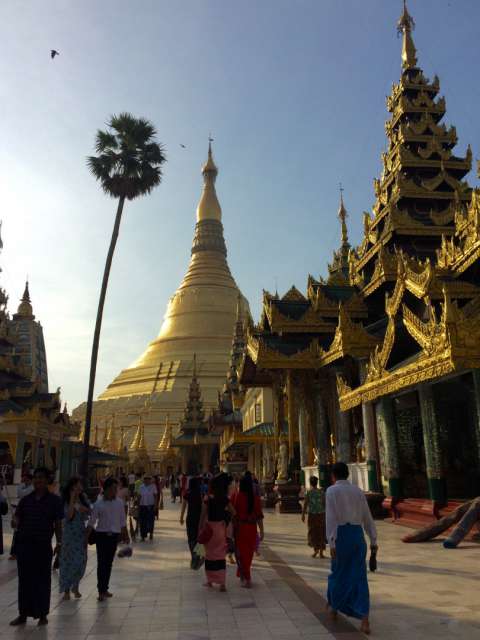
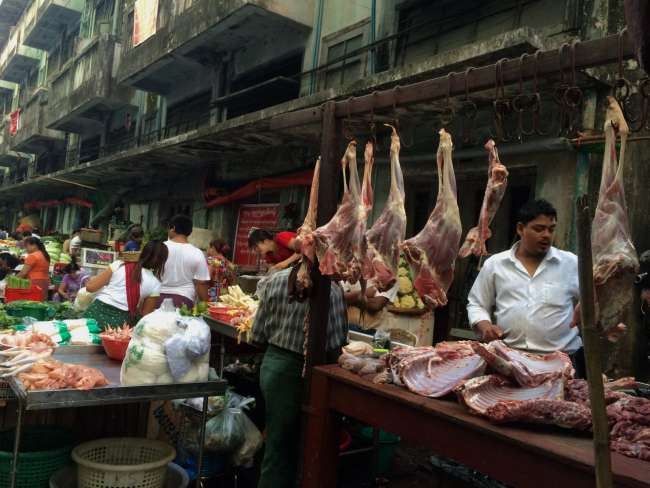
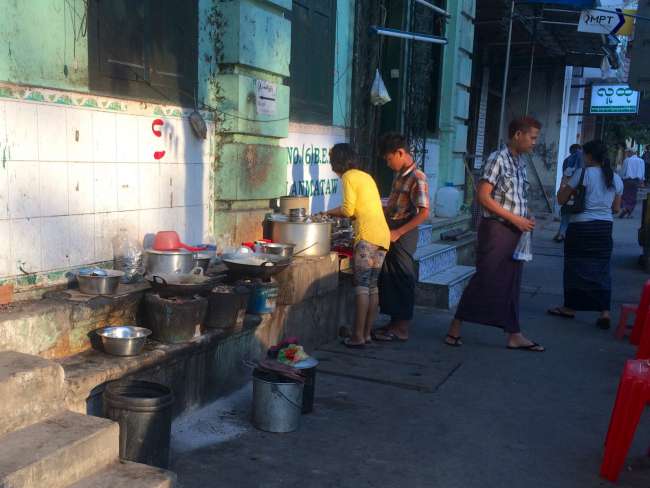
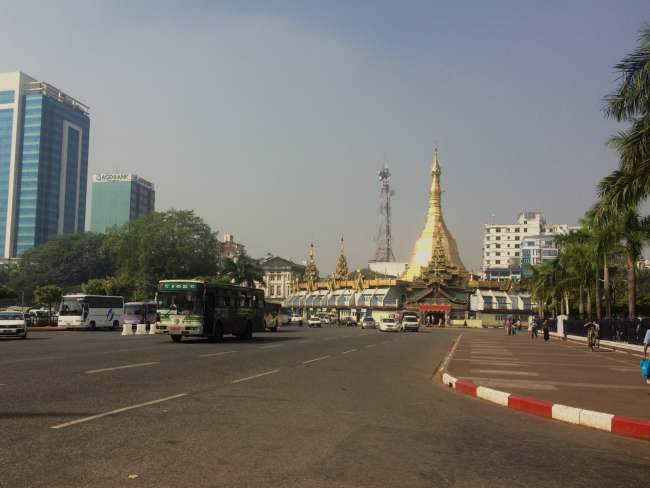
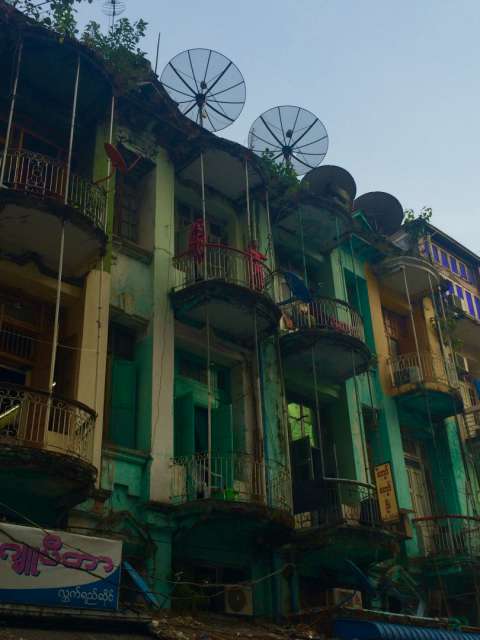
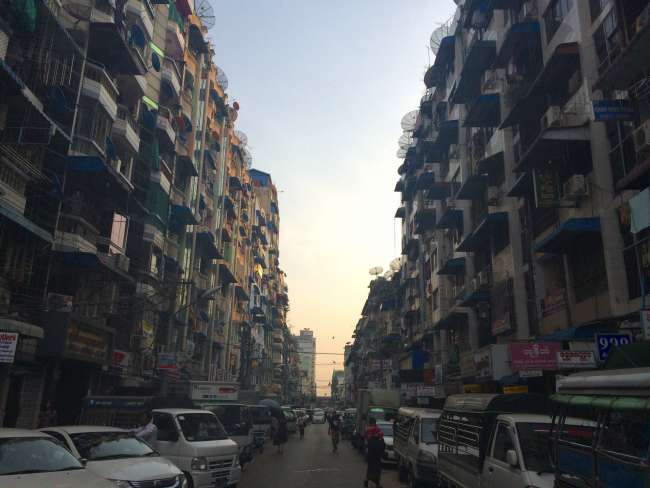
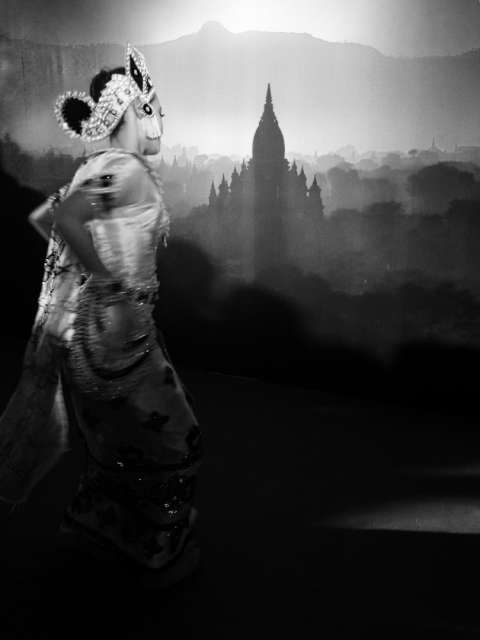
समाचार पत्रिका के लिए सदस्यता लें
After my three-day visa run, or rather visa wait, in Chiang Mai, Thailand, I continued my journey to Myanmar. It is impossible for me to describe this country, its atmosphere, its culture, and its people in such a short blog. Nevertheless, I will try to describe some of its peculiarities.
The first impression was quite peculiar. First, the relatively modern, Western-looking airport, and then, in contrast, the nocturnal atmosphere in the run-down and dimly lit Chinatown of Yangon. It was a relief to meet my German travel companion in the hostel to digest the impressions together.
The next day, we took a city tour by train, which took us through different neighborhoods and then to the city limits. However, the real spectacle took place inside the train carriage. In addition to many street vendors trying to sell all sorts of things, there was a commotion at every stop as market women had to load and unload their entire supply of fresh vegetables in a very short time.
After this impressive train ride, we took a luxurious night bus to Kalaw in the evening. When we arrived at five in the morning, we were greeted with a surprise: it was freezing cold. We hadn't really thought about the fact that it could be cold here in the mountains, as it had always been hot in Asia. From Kalaw, we embarked on a two-day trek to Inle Lake with an overnight stay in a homestay in a local village. I will let the pictures speak for this experience, as it was not only the landscape that was spectacular, but also seeing how people live here. It should be noted that about three-quarters of the population in Myanmar still live in this agricultural style. It is incredible, you can really feel at every corner that Myanmar was isolated from the rest of the world for a long time.
At Inle Lake, we spent our days on boat tours and cycling. One evening, after a bike tour, we happened to come across a winery and treated ourselves to a glass of wine while watching the sunset. One glass turned into two, and we had a few more after that. Eventually, we were not in a position to ride our rickety bicycles 5 km home. This is just an introduction to the actual point of the story, to show how friendly the people here are. In the end, two cellar boys offered to ride our bicycles to our hostel, and we were able to ride with the third guy on a scooter. For free, of course.
Our next stop was the famous temple site of Bagan, with over 2,000 surviving pagodas and temples. In addition to several visits to the area on foot and by e-bike (not an electric bicycle like in other places, but an electric scooter), we also visited the temple on Mount Popa and a small village on the Irrawaddy River, about 15 minutes by boat from Bagan. This visit was particularly memorable because the way of life of the inhabitants on the island is in stark contrast to the touristy Bagan, and neither our boat driver nor the locals spoke a word of English. This made the "z'Nüni" (snack) at the priest's house a small adventure.
After immersing ourselves in the culture and landscape, we spontaneously decided to travel to the west coast to enjoy a few days at the beach in the sun. Cooling off in the sea was very welcome, as it is always hot here except in Kalaw. However, due to local customs, wearing shorts and swimming is not allowed in the country's interior. We really enjoyed our time there. Ngwe Saung Beach is one of the most beautiful and still relatively undiscovered beaches in Asia in my opinion.
After that, it was time for me to say goodbye to Sandrine, who flew back to Germany, and to take some time to recover. Strangely enough, I had stomach and intestinal problems in the last month of my trip. So I got to see an Asian hospital from the inside. However, since it was a hospital in the capital, where the standard is quite good, there was no significant difference from the European hospitals I already knew.
Feeling almost healthy again, I continued my journey alone to the southeast of the country: to Hpa-an and Mawlamyine. This region is even less touristy than the other places I have visited so far. Although Myanmar in general has much fewer tourists than its neighboring country, Thailand. 800,000 tourists visit Myanmar annually, compared to 24 million in Thailand. Nevertheless, people in this region still look at tourists with a mix of curiosity and fear. But as soon as you greet them with a friendly smile, they return the smile. I initially felt a bit strange about the men, as they sometimes looked a bit grumpy. But on my fifth-to-last day in Myanmar, I finally uncovered the secret: the majority of men here chew the mildly stimulating betel nut. When I tried it myself, I understood why their facial expressions always seemed distorted, they can't help it. When chewing betel nut, one's facial expression becomes contorted, and it's difficult to smile.
The surroundings of Hpa-an are simply delightful, with flat land covered in rice fields, except for the impressive limestone formations. There are also beautiful caves with Buddhist pilgrimage sites in these limestone formations.
The bumpy but otherwise comfortable night train took me back to Yangon. Here, I spent my last two days sightseeing, shopping, and sampling street food. Now I have two more days in Singapore, and then it's back to cold Switzerland.
समाचार पत्रिका के लिए सदस्यता लें
उत्तर

